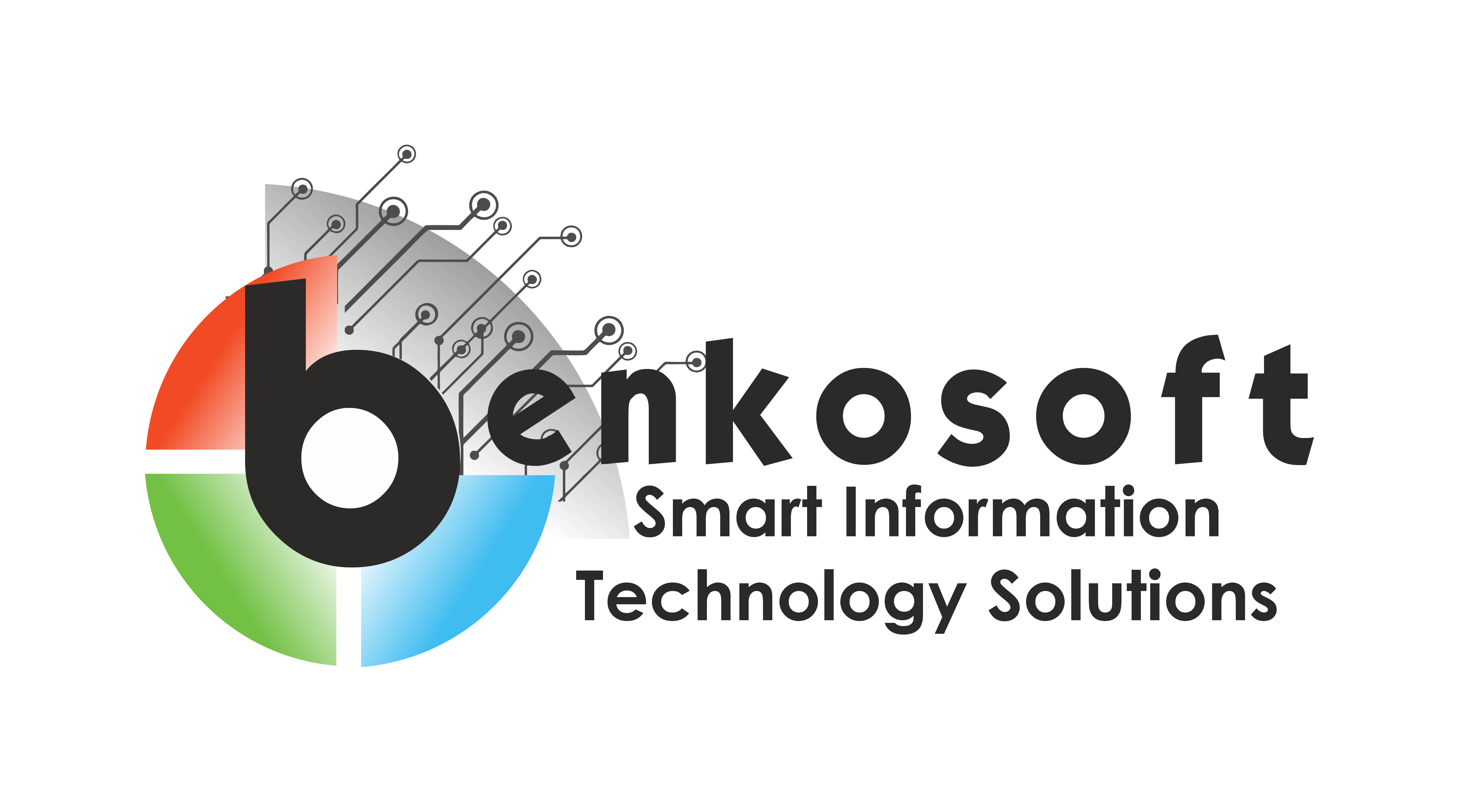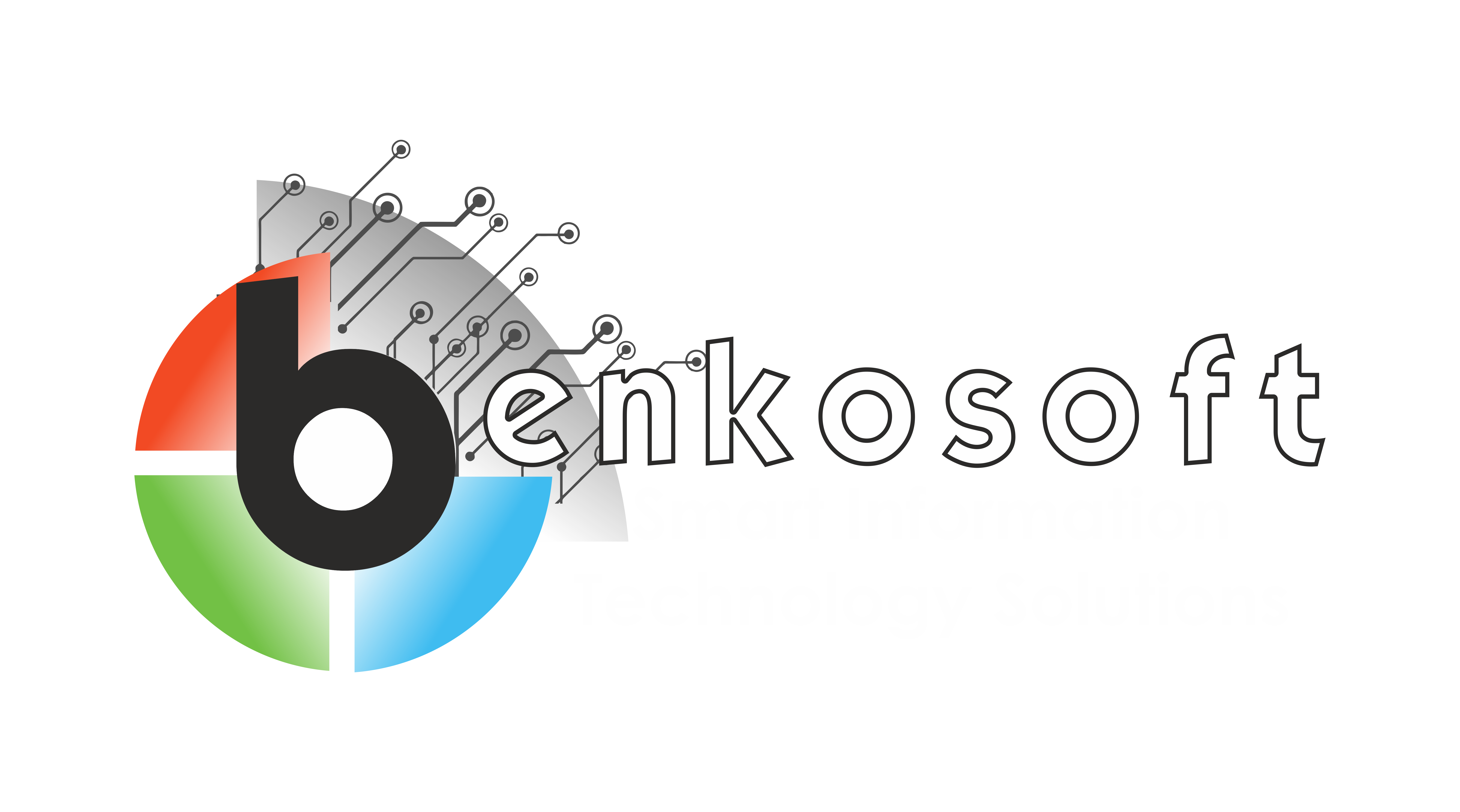Technologies
Vim
Vim, short for “Vi IMproved,” is a highly configurable and powerful text editor that has been around for decades. It is a clone of the Vi text editor, which was developed for the Unix operating system. Vim is known for its efficiency, speed, and versatility, making it a popular choice among developers, system administrators, and other power users.
One of the key features of Vim is its modal editing system. Unlike most text editors, which have separate modes for inserting text and navigating the document, Vim has several modes that determine the behavior of keystrokes. For example, in normal mode, keystrokes are used for navigating the document and performing editing commands, while in insert mode, keystrokes are used for inserting text.
Vim also offers a wide range of editing commands and shortcuts, allowing users to perform complex editing tasks quickly and efficiently. For example, Vim supports powerful search and replace functionality, allowing users to find and replace text using regular expressions. Vim also supports macros, which allow users to record and replay sequences of commands, making it easy to automate repetitive tasks.
Another key feature of Vim is its extensibility. Vim supports a wide range of plugins and scripts, which can be used to add new features and functionality to the editor. There are thousands of plugins available for Vim, covering everything from syntax highlighting for different programming languages to integration with version control systems.
Vim is highly customizable, allowing users to configure almost every aspect of the editor to suit their preferences. Users can customize key mappings, colors, and behavior to create a personalized editing experience.
Overall, Vim is a powerful and versatile text editor that offers a wide range of features for editing and manipulating text. Its efficiency, speed, and extensibility make it a popular choice for developers and power users who need a powerful text editor for their work.

